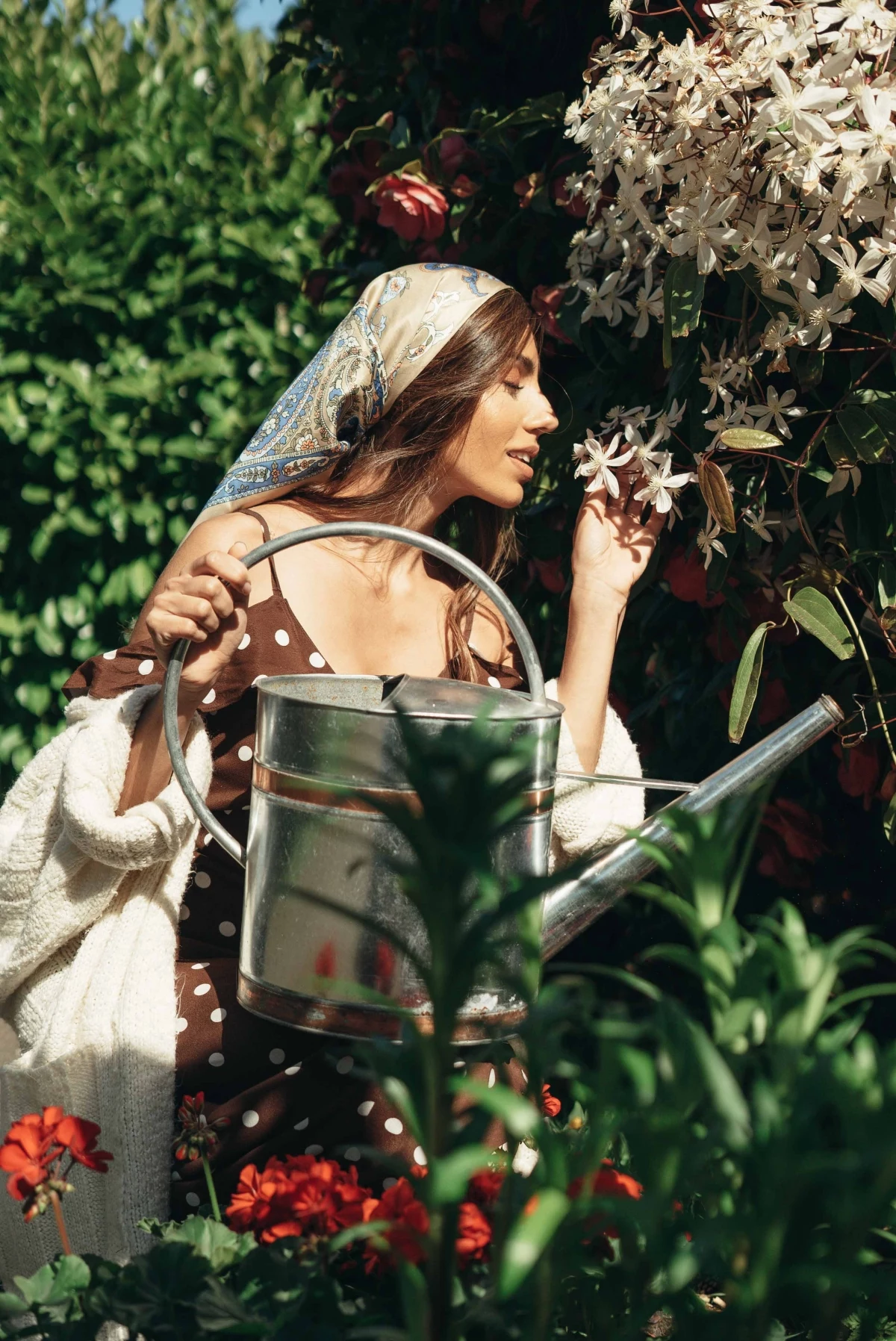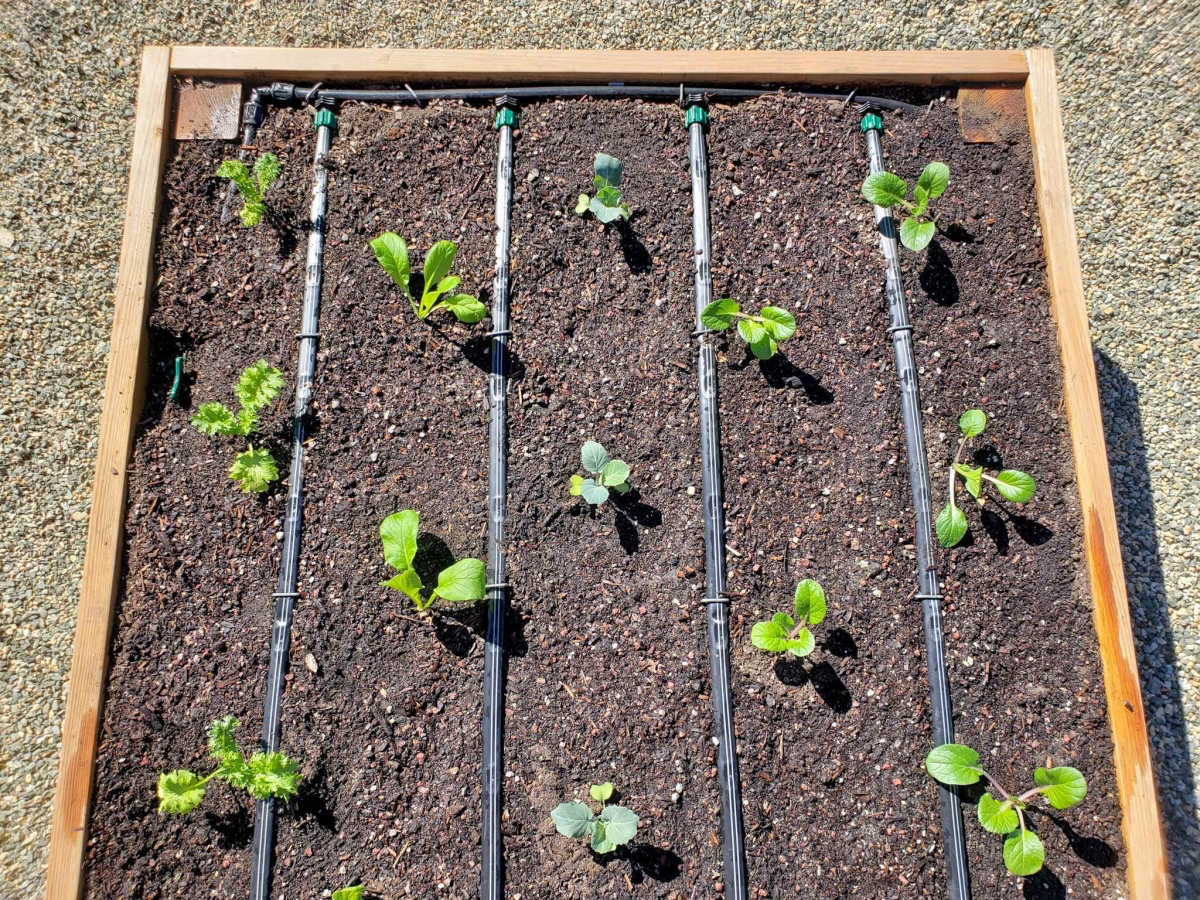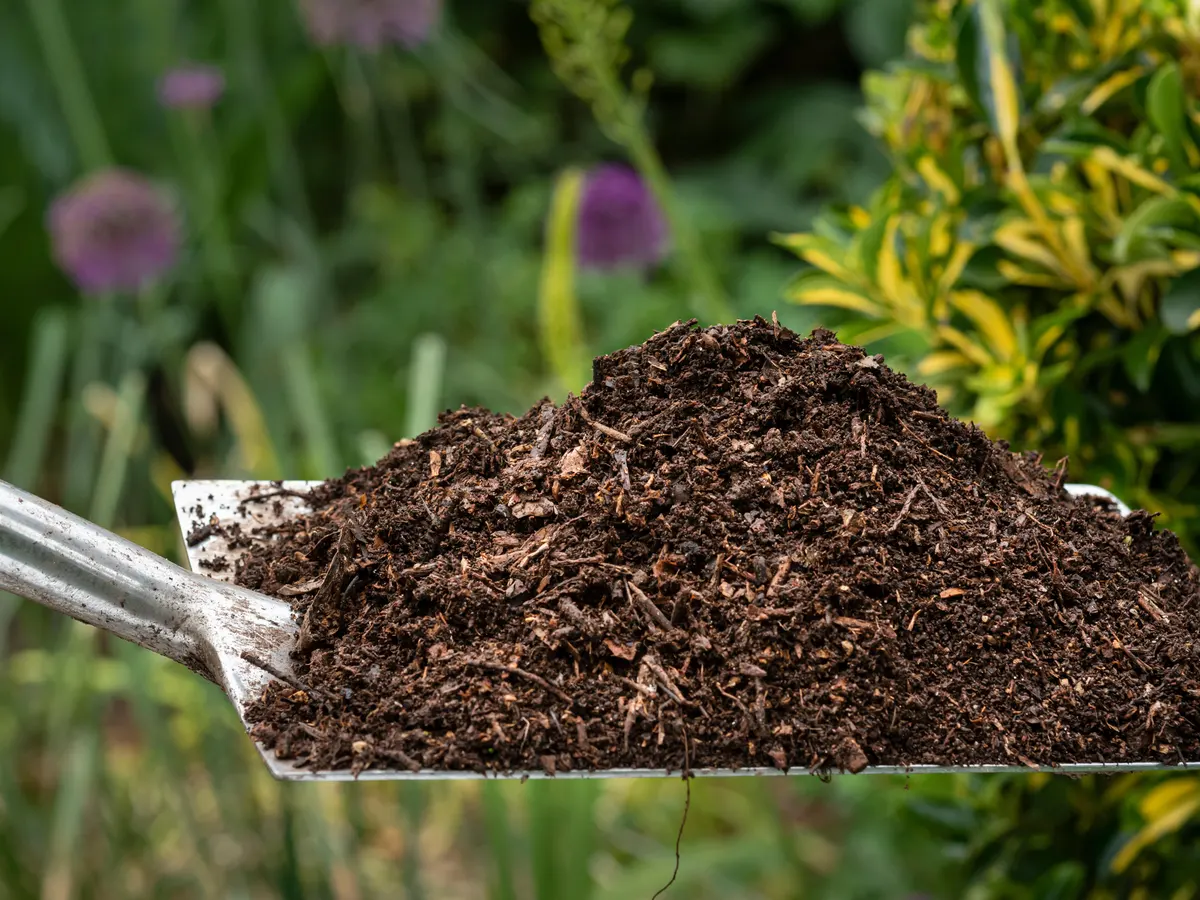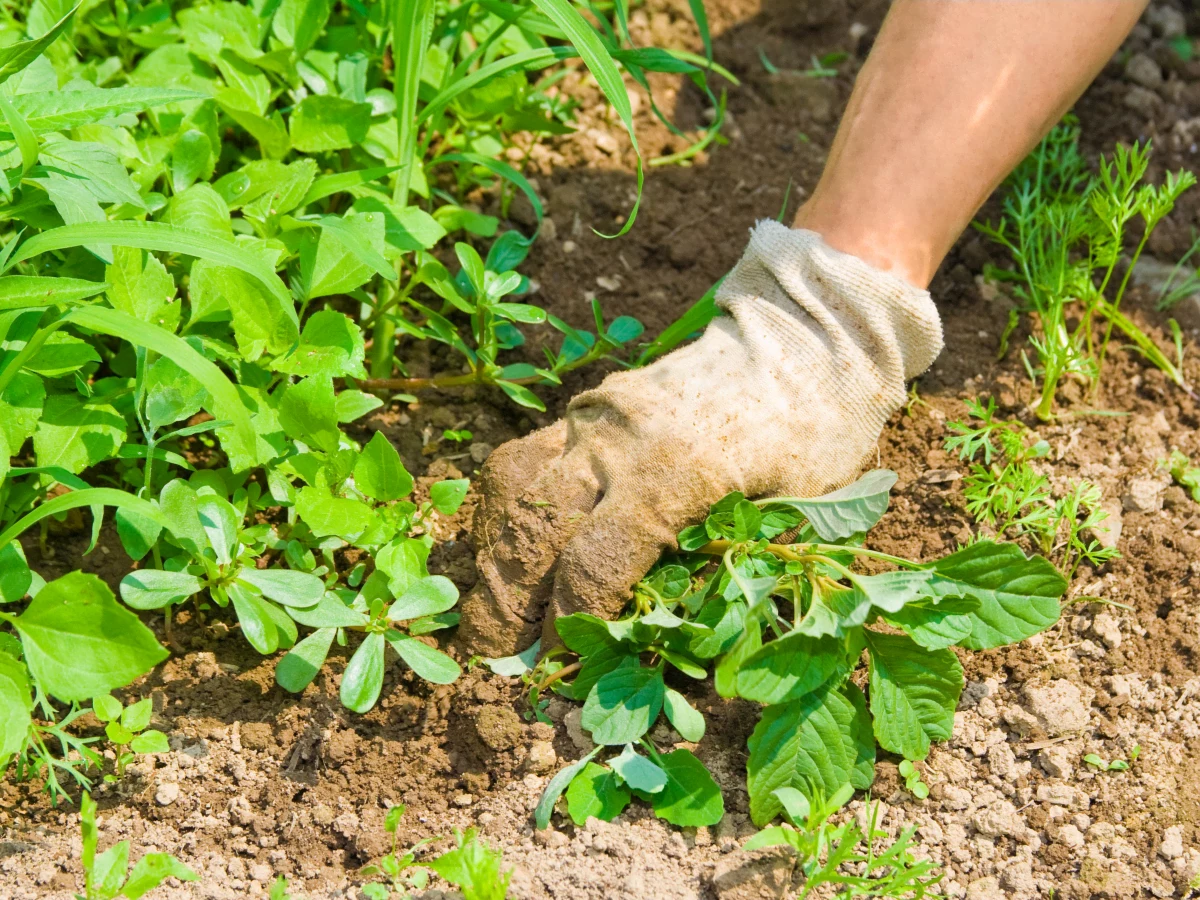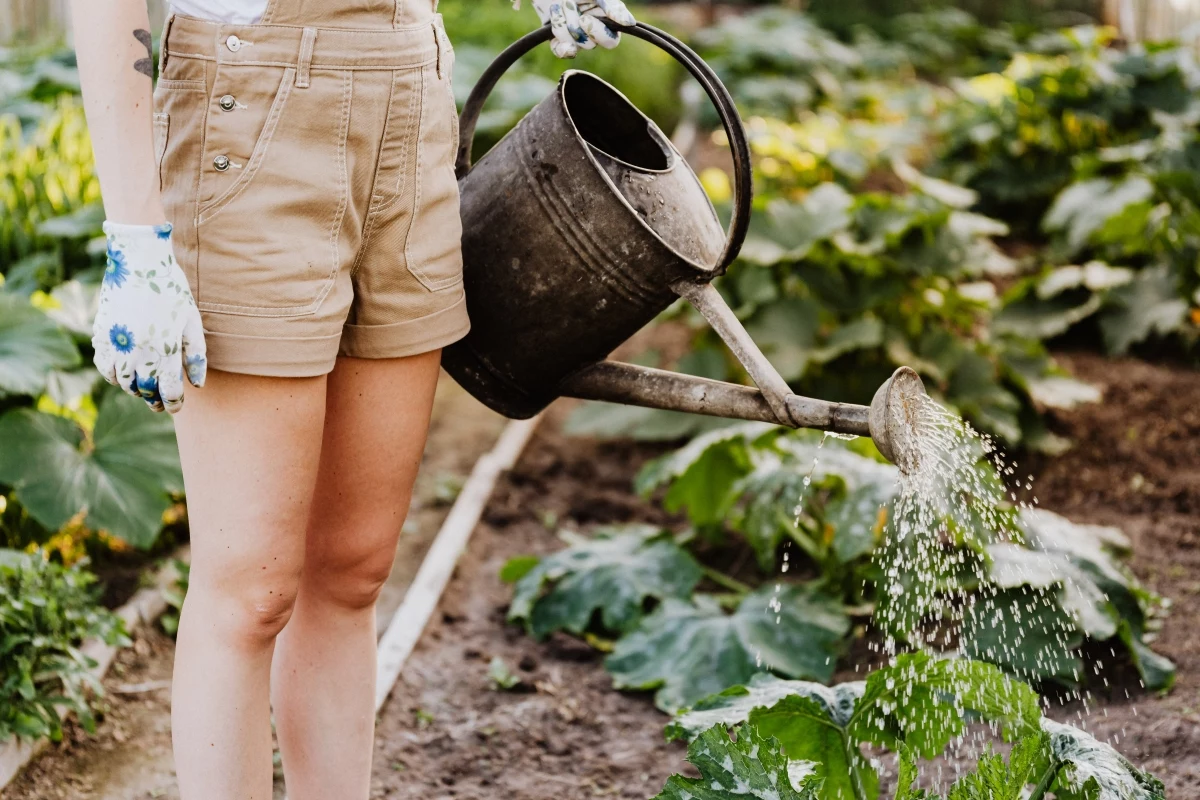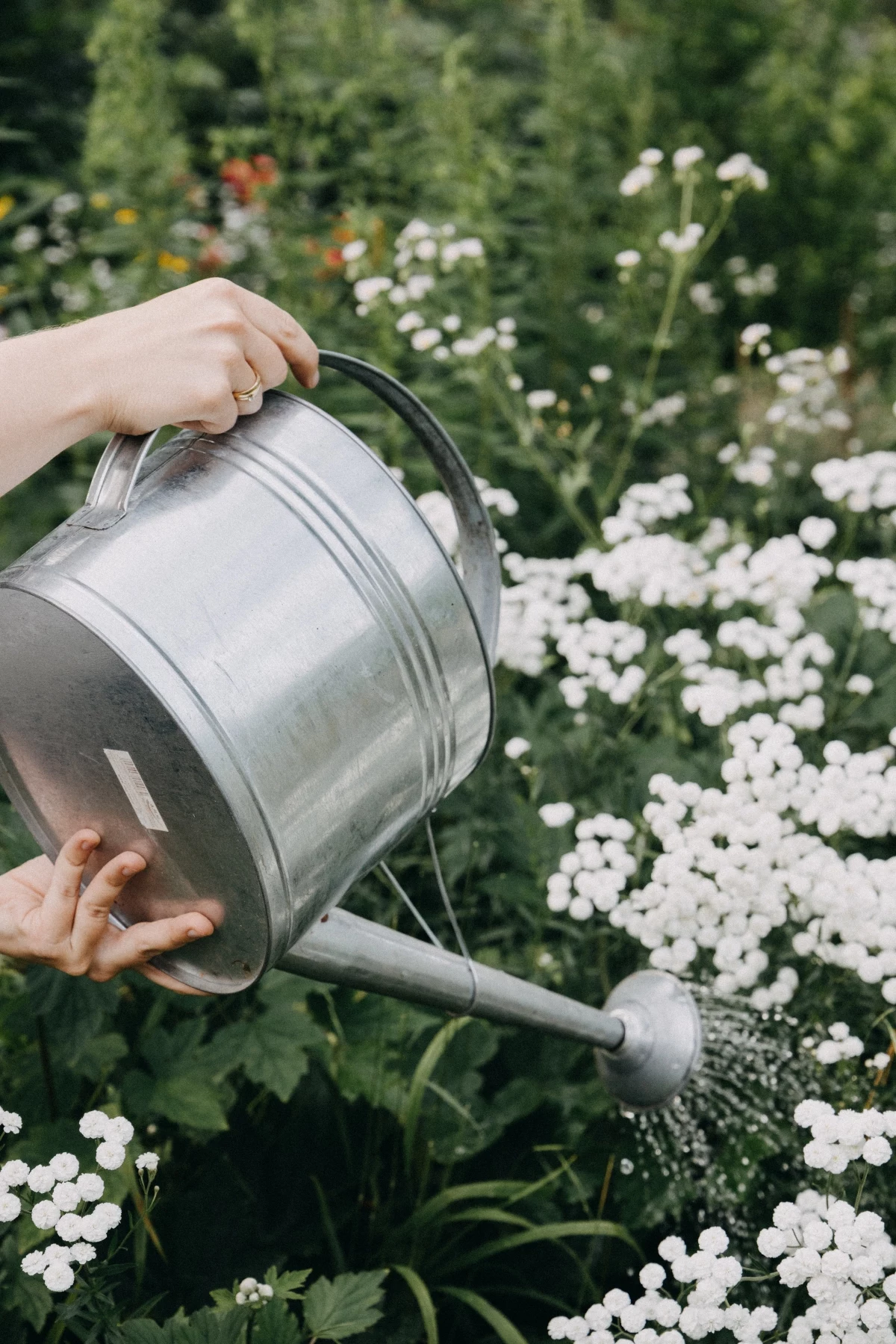Drip by Drip: How to Save Water While Watering Your Garden
Saving water is an important issue worth thinking about when planning your garden care. Water is an expensive resource, both economically and environmentally, and wasting it is unjustified and surely unwanted. The most efficient time to water your plants in the summer months is actually early in the morning – between 5am and 7am. This is when air temperature and wind strength are at a minimum, which significantly reduces moisture evaporation and excludes fungus formation. If this is too early for you, you can also water your garden late in the evening – after 9-10 pm. If you want to explore other methods to help you save water while watering your garden, just continue reading:
Let’s explore the most effective ways that will help you save water while watering your plants
In this article
Drip by Drip: How to Save Water While Watering Your Garden
#Mulching
Mulching is covering the soil with a layer of organic material, most commonly straws, grass clippings, wood chips, fallen leaves, gravel, animal manure, etc. Mulching is done to conserve soil moisture, prevent weeds from growing and increase soil fertility. Materials that do not contain poisonous substances and are completely safe for plants can be used for mulching your garden. Mulching will help to save water because it significantly reduces the evaporation of moisture from the soil. So, consider mulching your flower beds if you want to save water this summer!
Mulching your soil will help conserve soil moisture and reduce evaporation
#Use a drip irrigation system
Drip irrigation systems will help you save significant amounts of irrigation water. They are quick and easy to install and convenient to use. In addition, they are quite convenient and effective since the water is delivered directly to the roots of the plants. There is also no danger of overwatering your garden, as the liquid is evenly distributed throughout the plants. Not only that, but the leaves are protected from dampness, which in return prevents the development of weeds, diseases, and pests. If you are growing your own veggies and herbs, a drip irrigation system might be a great water-saving option for you to try!
A drip irrigation system saves water and it is super effective and easy to use
#Add compost to the soil
For an amazing garden, make sure to enrich the soil with a thick layer of compost at least twice a year. The organic matter contained in the compost improves the structure of the soil, and so it retains more moisture. This reduces the frequent need for water, which as a result saves you money and effort!
Adding compost to your soil will enrich it and make it retain more water
#Keep weeds away
Weeds are the biggest competitor of ornamental plants in terms of moisture. So don’t let any in your garden! Learn to identify them early on, and do regular checkups and clean-ups of your garden. Sure, this job is tedious, but the condition of your garden and the amount of water you use for watering your plants depends on it!
Weeds are your plants’ biggest competitors when it comes to water and moisture
#Use pots and containers
Many flowers can be grown in suitable containers that can be placed in the garden. This way you won’t have to water the whole area, just the plants in the containers. You can group them in different ways according to their watering schedule, flowering period, need for light, warmth, etc. If you want to cut back on your water use, this is a great option that you can try!
Keeping your plants in pots and containers will help you save water in the long run
#Plant more drought-tolerant plants
This tip will be most useful if you live in an area with a drier climate. Then you can choose to grow drought-resistant plant species! Plants that can withstand drier climates are usually those with hairy leaves and stems, waxy, fleshy leaves or a silvery fringe. Some example species include Lavender, Succulents, Caryopteris, Everlasting flowers, Bottlebrushes and many others. These plants will not only turn your garden or backyard into an oasis, but they will also require a lot less water!
Drought-tolerant plants are a great way to keep your garden blooming without using too much water
More Water-Saving Tips & Tricks
- Loosen the soil around the plant – This will keep the moisture in for longer than if the ground is hard and crust-like.
- Water the plants under the root instead of spraying the hose on top of the leaves.
- Dig a shallow, small hole around the roots of the plants in the garden and water into it – this way the water won’t spill. When the moisture has soaked in, cover the hole with freshly cut grass or cover it with loose soil to retain moisture for longer.
- Plants in pots and planters should be watered twice a day – early in the morning and late at night. Place water-filled saucers under the pots, which will keep the plants moist during the day. If you are unable to water the plants regularly, move them to a shady spot.
- Different soils retain moisture differently. An easy way to check if a plant wants water is to take a handful of soil and rub it in, if bits of it don’t stick to your skin then it is time to water.
Knowing how to water your garden plants efficiently and effectively is key!
Now you know how to save water while watering your garden plants!
